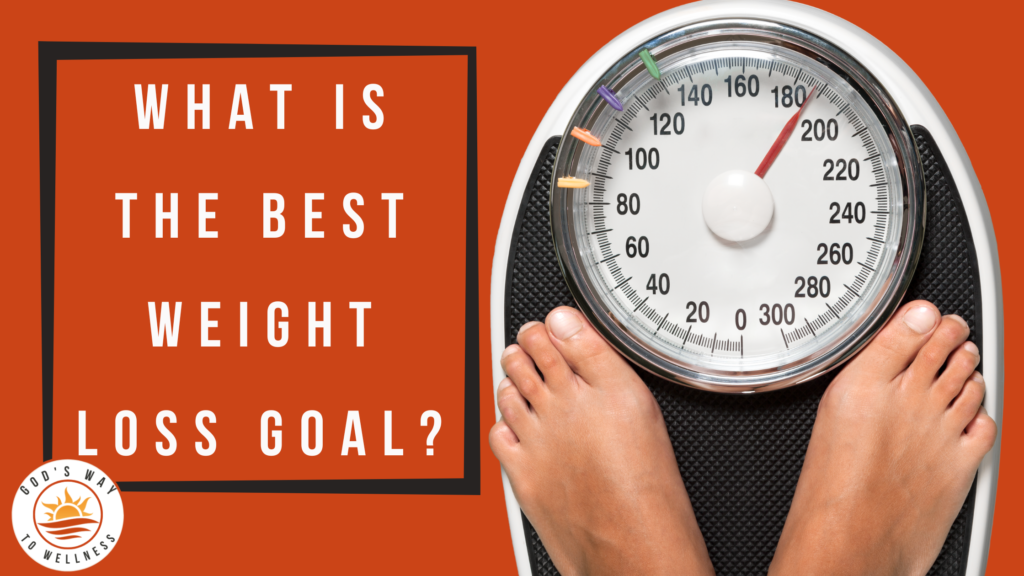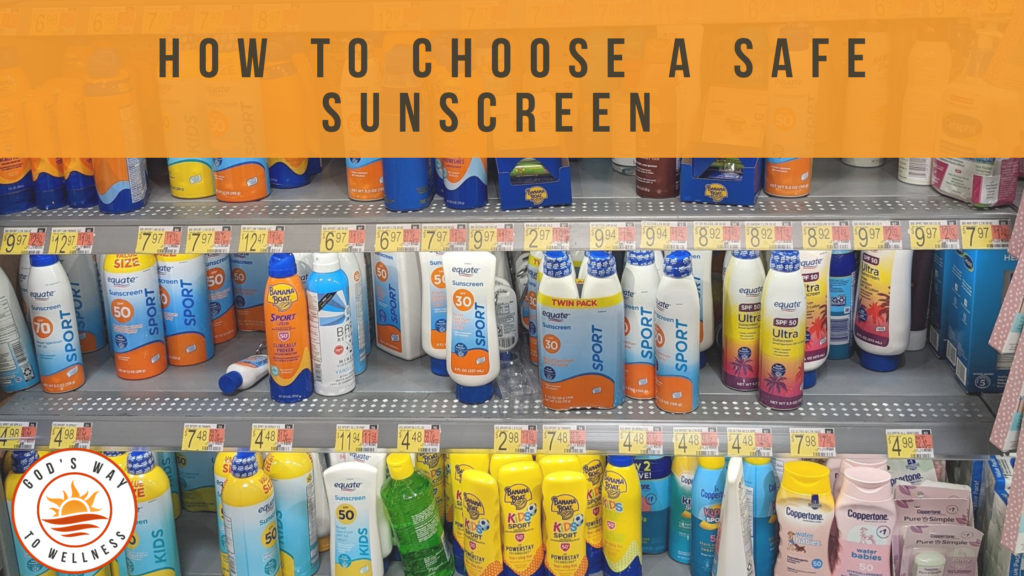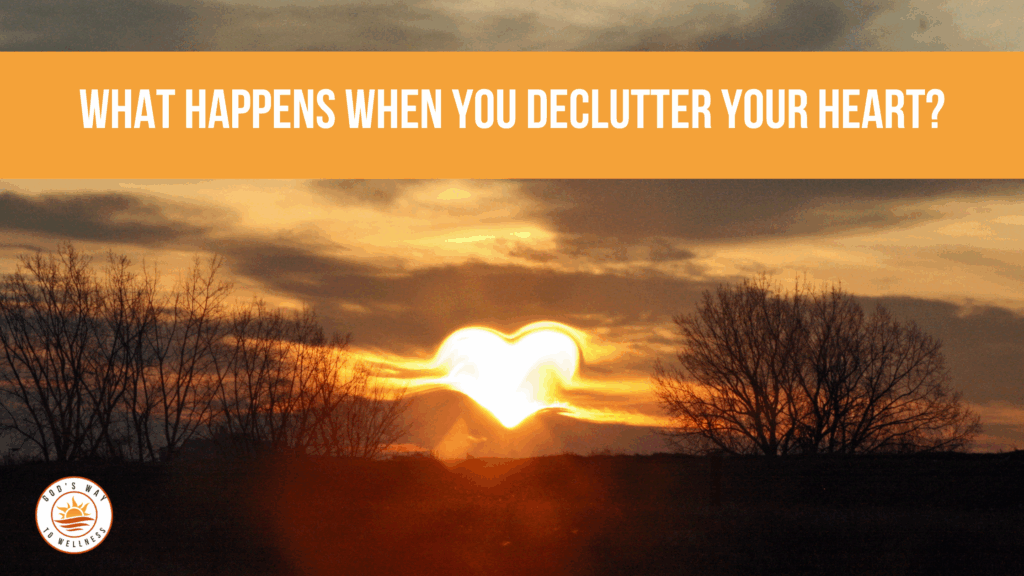Even as a teenager, I still saw a chubby little girl in the mirror. The cycle of one diet after another started when I lost weight, but gained it back once the diet ended. I felt like a complete failure. However, year after year I kept making the same New Year’s resolution to lose weight.
In his TEDx talk, Chris Wharton, one of the UK’s most experienced health and well-being experts, said, “Every day, we’re bombarded with messages meant to make us feel guilt and shame about the way that we look. All designed to get us to part with our hard earned cash in return for some revolutionary new diet trend or cutting edge workout or Little Fat Loss potion sold by a super lean Instagram influencer or celebrity that never seems to age.”
Instead of buying into the weight loss hype, embrace your wellness of body, mind, and spirit.
But you may wonder, then what is my best weight loss goal?
Your best weight loss goal is to have no weight loss goal at all.
Here are four steps to begin the journey to wellness without being on a diet.
Eat real food made by God
Walk into any grocery store and see aisle after aisle of ultra-processed foods—cookies, crackers, cereal, snacks, candy, ice cream, baked goods, and frozen dinners. These manufactured “food products” contain sugar, preservatives, natural flavors, artificial flavors and colors making them delicious but addictive.
Instead, eat real food made by God, not in a factory. Real food does not have nutrition labels with a list of ingredients. An apple is just an apple.
However, minimally processed foods such as canned, jarred, bottled, dried, and frozen food with less than five added ingredients are fine in moderation. For example, frozen and canned vegetables still look like vegetables, whereas corn chips do not look like corn.
Follow the eighty percent rule
The Blue Zones are five regions in the world where people have the longest life expectancy, or with the highest proportions of people who reach age 100.
People living in the Blue Zone in Okinawa, Japan say “hara hachi bu” before meals, which reminds them to stop eating when their stomachs are 80% full.
Instead of worrying about the best weight loss goal, stop eating once hunger is satisfied but before feeling full. Eat mindfully, savoring every bite and put down your fork several times during the meal. The lower food intake could be the difference between losing weight or gaining it.
Move your body
Find exercise you enjoy and do more of it. Put it on your schedule and make this time non-negotiable. It makes sense that if you enjoy it, you will make it a habit.
Measure your performance, not your weight loss goal. For example, celebrate walking further today than yesterday. Get excited that you have more energy to get down on the floor with your children or grandchildren—and get up again!
Reduce stress
Stress and weight loss do not go well together. Constantly focusing on our weight instead of wellness can cause stress. When we cannot achieve our weight loss goals, it often leads to feelings of shame and failure, as I experienced.
Stress may cause overeating. Triggers such as depression, loneliness, stress, sadness, fear, or boredom cause us to gorge on the food we think will make us feel better.
Also, chronic stress can lead to weight gain by causing hormonal and metabolic changes in the body.
Last, stress disrupts the gut microbiome, causes inflammation, and leads to weight gain.
Final words
Don’t worry about counting every macro or calorie, tracking every bite of food, watching the number on the scale, having six-pack abs or a flat stomach. Who needs the added stress?
The best weight loss goal is to have no weight loss goal at all.
Instead, pursue wellness by eating real food made by God, following the 80% rule, moving your body with exercise you enjoy, and reducing stress.
Ready to begin? It’s time to join me on the journey to wellness. We never attain perfect wellness on this earth, but let’s get closer by making healthy choices.
Note: Stay tuned for more posts about how to reduce stress. In the meantime, check out this post, “What is the Best Way to Manage Stress.”



